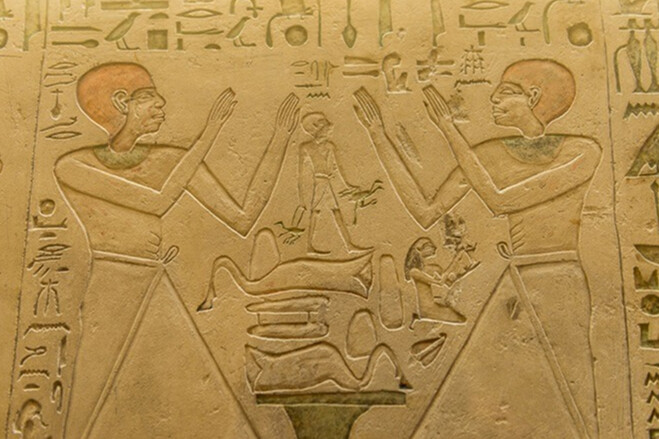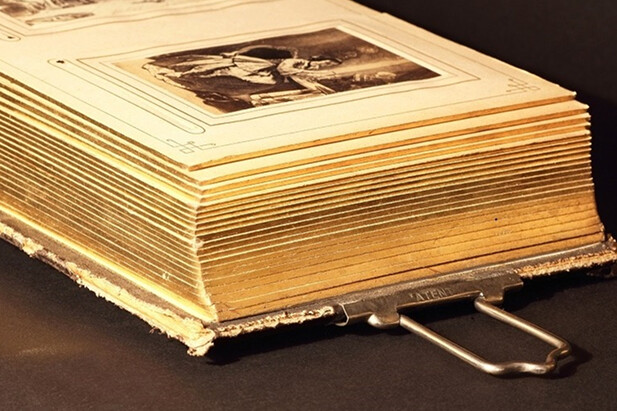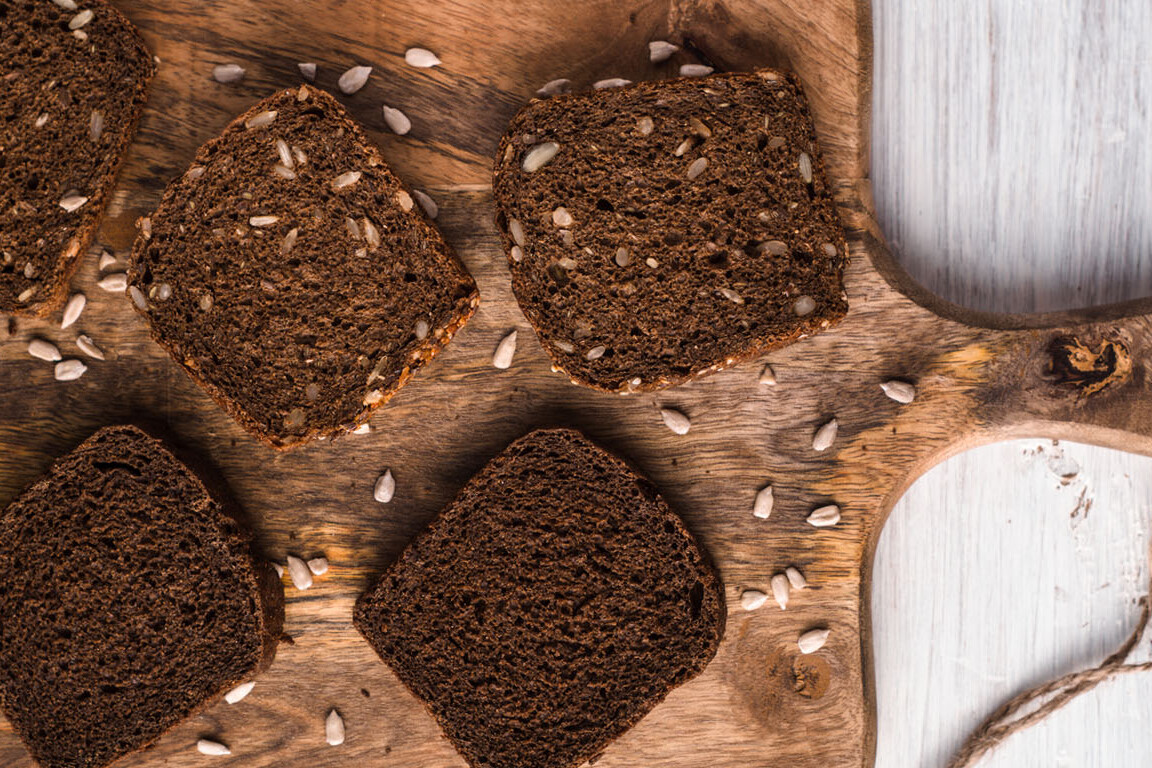How acacia gum became a universal ingredient
What do sodas and mummification have in common?
Yeap, you guessed it right.
Used for over 4 millennia in medicine, cosmetics and cooking, acacia gum is a precious natural resource.
Acacia gum is one of the best known (and most used) natural gums. Its safety has been scientifically demonstrated over the centuries. Moreover, it has been widely consumed without any known side effects. Today it is considered a safe additive.
With numerous functional properties, acacia gum has made its way in thousands of everyday products. The story of acacia gum is remarkable, from traditional usages in ancient Egypt to the fizzy drinks we sip today.
Ancient times
In the stone age, acacia gum was already consumed in the Sahara and used as an adhesive across Africa – that’s at least 70,000 years ago. However, it’s very likely that it was used even earlier in the arid areas where acacia trees grow.
We know that the Chinese and Japanese used acacia gum in paintings around 4000 B.C. There is also documented evidence that inks, watercolours and dyes were prepared with acacia gum in ancient Egypt, around 2650 B.C. It was a pigment binder for the paints applied for hieroglyphs and ancient inscriptions refer to it as “kami”.
The gum also held the bandages used for mummification in place, as well as being a food and key ingredient in cosmetics. Queen Cleopatra’s favourite lipstick is thought to have contained acacia gum!
Ancient Greece and early Christian era
Ancient Greeks also referred to acacia gum. The writings of philosophers Theophrastus and Pliny mention therapeutic usages to make poultices, relieve irritation, sooth ulcers and burns, and stop severe nose bleeds.
In the early Christian Era, acacia gum had a growing number of applications as it made its way to Europe – from helping with haemorrhages and leech bites to reducing bone marrow inflammation.
It was traded as early as the 1st century AD and initially called “gum Arabic” because historically gum from Africa was transported out of Arabian ports such as Alexandria in Egypt or Jeddah in Saudi Arabia. It later became known as “acacia gum” to emphasise that it is a natural product from the acacia tree.
Middle Age and modern times
By the Middle Ages, acacia gum was valued among scribes and illustrators who used it as a binder for pigments. It was widely found in manuscripts, paints and inks, including the work of painters like Rembrandt.
In the 19th century, acacia gum made its way into textiles, lithographs and as an ingredient in gum bichromate prints in early photography.
The modern industrial era created an explosion of manufacturing applications for acacia gum. Carbonless paper, stamps, glue and carbon nanotubes were all formulated with acacia gum at some point.
Today, it is mainly found in cosmetics, pharmaceuticals and food ingredients. Manufacturers make the most of its multiple functional properties in thousands of beauty, health and food products.














